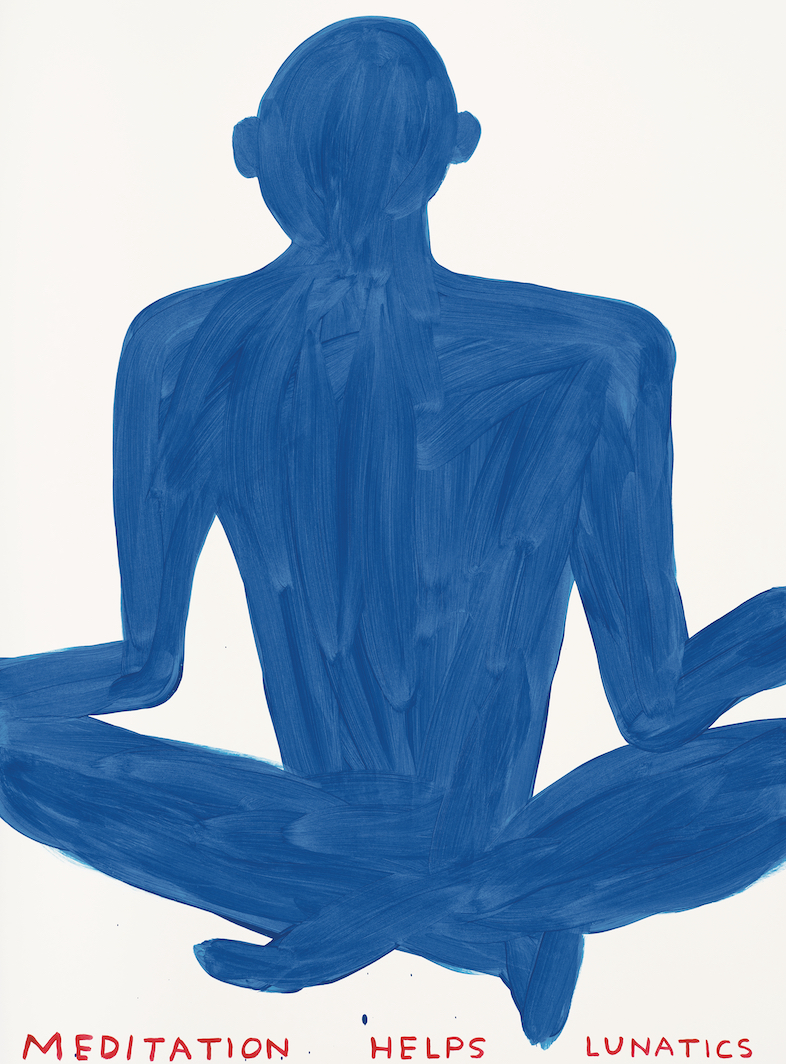
Lucy Sante

I REMEMBER seeing the cover of B. S. Johnson’s book Aren’t You Rather Young to Be Writing Your Memoirs? in a bookstore when I was eighteen. (Johnson was thirty-nine, had only a few months to live then, and his book is not in fact a memoir.) That title stayed with me for years and haunted me whenever I’d think of writing anything concerning my own life. The proper time to write a memoir was one’s sunset years, when one had retired from the hustle and bustle and could sit by the window in quiet contemplation. One’s task in the intervening 
The last particule of the once-sprawling Chelsea Flea Market closed down on December 29, 2019. That remnant occupied a parking lot on 25th Street, between Broadway and Sixth Avenue, but earlier the market, which opened in 1976, had in addition comprised three lots along Sixth Avenue, as well as a garage on 25th Street, the principal setting and primary subject of this beguiling memoir. Flea markets have been in serious decline for years; in many parts of the country a “flea market” is where you go to buy batteries, aftershave, and car parts. The recent, possibly terminal phase has everything 
If David Wojnarowicz were alive today he’d be turning fifty-eight in September. Who knows what his art would look like by now? But there is every reason to think he would have been one of the relative few to have graduated from the hit-or-miss East Village art scene of the 1980s and gone on to greater glory. His stencils, icons, symmetry, hot colors, homoerotic imagery, and street art all remain visible in the work of others now. His ghost is just about discernible around the edges of stuff by Gilbert & George, Banksy, Shepard Fairey, Barry McGee, and I’m sure 
Last Witnesses was the second book by Svetlana Alexievich, originally published in 1985, the same year as her first, The Unwomanly Face of War. Both of them, like the three major works that followed—Zinky Boys (1990), Voices from Chernobyl (1997), and Secondhand Time (2013)—could be briefly and superficially described as oral histories. They indeed consist of testimony, recorded and transcribed, by witnesses to major events and periods in the history of the former Soviet Union.